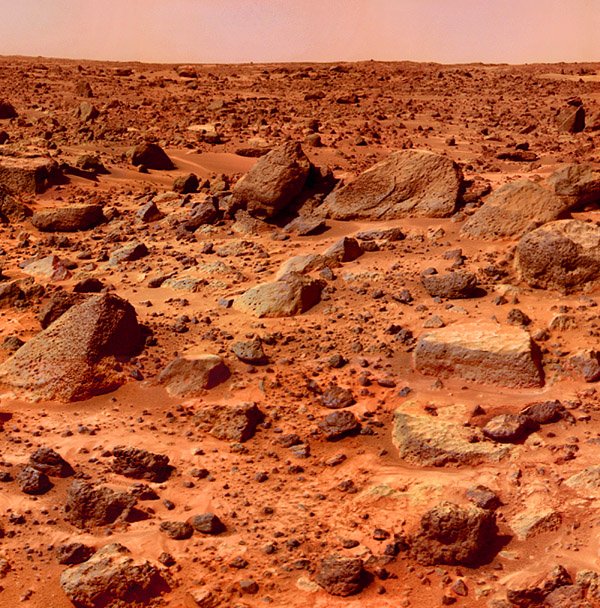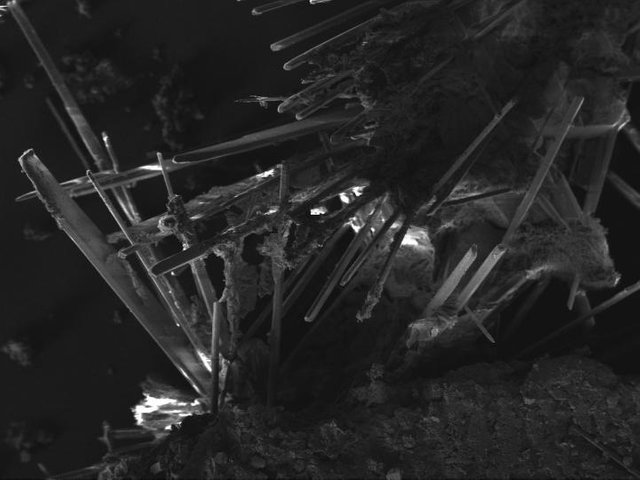Imitation of the soil of ancient Mars had microbes to taste.
An international group of scientists has created a "microbial farm" to explore the possibilities of life on ancient Mars. Biologists have studied the interaction between the organisms of the species Metallosphaera sedula and the analogue of the Martian rocks. Researchers have shown that microbes not only could survive on the Red Planet in the past, but also had to leave a certain biogenic trace on the regolith. In the future, it can serve as a benchmark for the exploration of the Martian surface.

The study of the behavior of microorganisms under extreme conditions is important for future manned missions to other planets. Biologists study the reaction of microbes to powerful solar radiation and the lack of a familiar atmosphere in order to find out if life like Earth can exist on other planets or satellites. These data can be useful not only in the search for biogenic traces left by extraterrestrial organisms, but also in the colonization of celestial bodies by man.
The authors of the new work chose to study the Archaea Metallosphaera sedula, which is known for its ability to live in a very acidic environment. It is a chemolithotroph, which means that the oxidation-reduction reaction serves as a source of energy for the cell, and inorganic substances are the electron donor. The researchers grew microbes in a liquid containing synthetic martian rock powder. The chemical composition of one solution reflected the conditions of the Noah era (3.7 million years ago), another - the Hesperian era (3.7 - 3 million years ago), two more - modern conditions in different regions of Mars. Other conditions (radiation, pressure) were not reproduced in the laboratory.

Using an electron microscope and spectroscopy, the researchers followed the activity of M. sedula. The analysis, carried out 21 days after the start of the experiment, showed that organisms actively colonize samples of imitated Martian regolith and release soluble metal ions. In addition, microbes leave biogenic traces - on the surfaces of rocks there is an increased amount of a certain type of magnesium ions, which is a product of the metabolism of archeas.
Thus, the researchers showed that organisms could hypothetically survive in an environment that dominated ancient Mars. In addition, scientists suggested using M. sedula for biomaining asteroids and other celestial bodies. This method involves the extraction of metals from ores with the help of microorganisms (most often fungi or prokaryotes).
img credz: pixabay.com
Nice, you got a 9.0% @adept upgoat, thanks to @kuku12170
Want a boost? Minnowbooster's got your back!
The @OriginalWorks bot has determined this post by @kuku12170 to be original material and upvoted it!
To call @OriginalWorks, simply reply to any post with @originalworks or !originalworks in your message!
For more information, Click Here!
Special thanks to @reggaemuffin for being a supporter! Vote him as a witness to help make Steemit a better place!
Hmm taste like science.
Did the scientists also try growing the microbes around the same atmospheric pressure as Mars? There is little possibility of biomining if they require Earths atmosphere or liquid water to grow.
Mars here we come :))
Your post was resteem by Whale ResteemService @booster007
Keep it up!
All the best!
First Follow Than Send Minimum transaction 0.050 Steem/SBD For use Whale ResteemService